

Arco

Arco
Arco is a city in Butte County, Idaho, United States. The population was 1,026 at the 2000 census. The city is the county seat of Butte County.
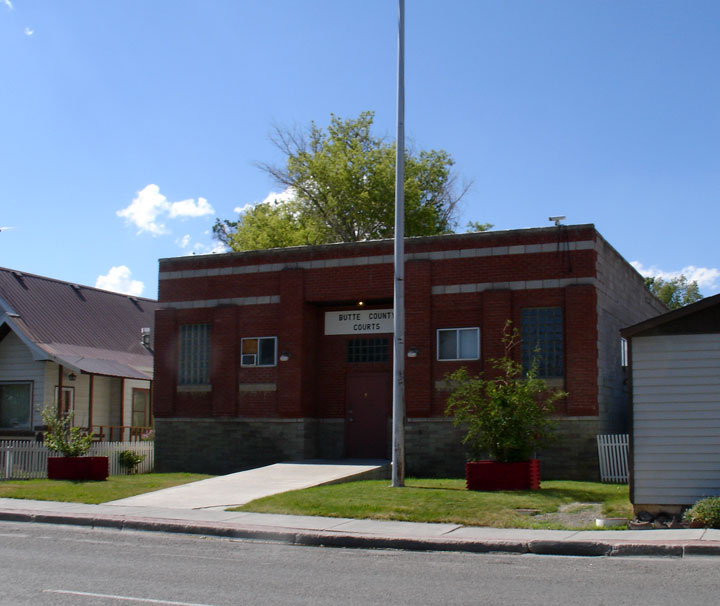
Craters of the Moon National Monument
is located along U.S. Route 20, southwest of the city. The Idaho National
Laboratory (INL) is located east of Arco. Arco is located along the Big Lost
River and is a gateway to the Lost River Valley.

Lost River
In 1901, the town, then known as Root Hog, moved its borders to place the town at the intersection of two stagecoach routes that crossed Idaho. The town leaders applied to the U.S. Post Office for the town name of "Junction."
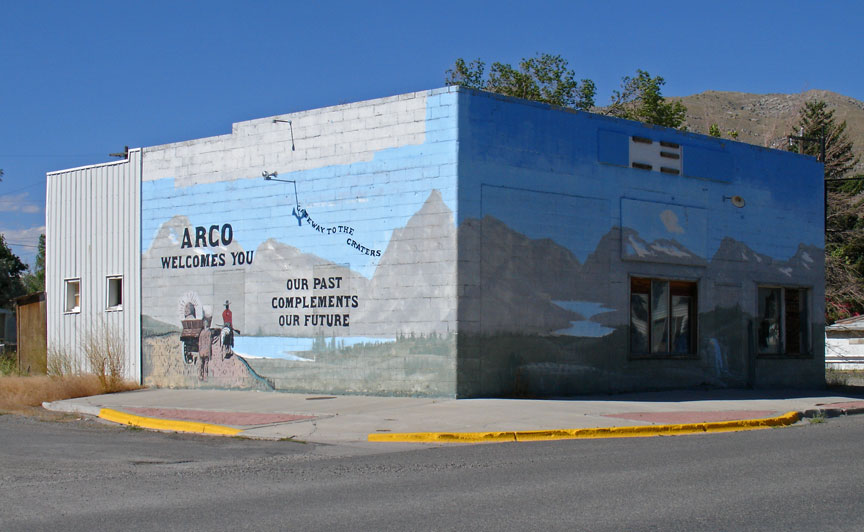
The Postmaster General thought the name too common and suggested that the place
be named Arco for Georg von Arco (1869–1940) of Germany who was visiting
Washington, D.C. at the time. Georg von Arco was an inventor and a pioneer in
the field of radio transmission and would become the lead engineer of Telefunken,
a German company founded in 1903 that produced radio vacuum tubes.
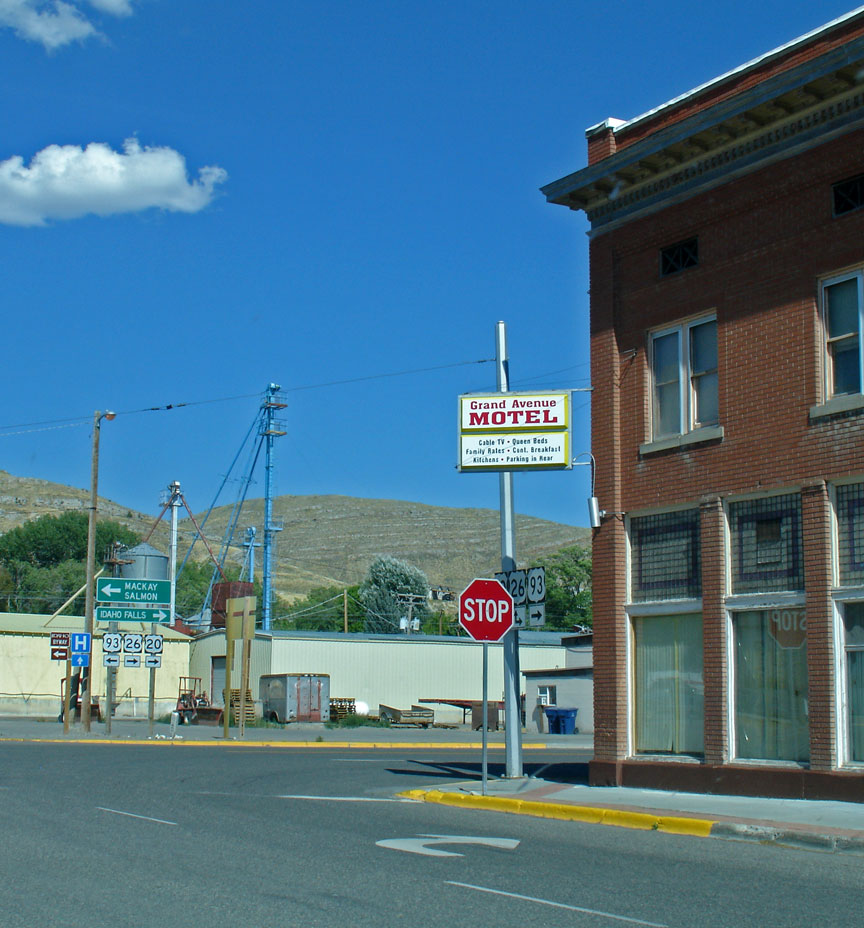
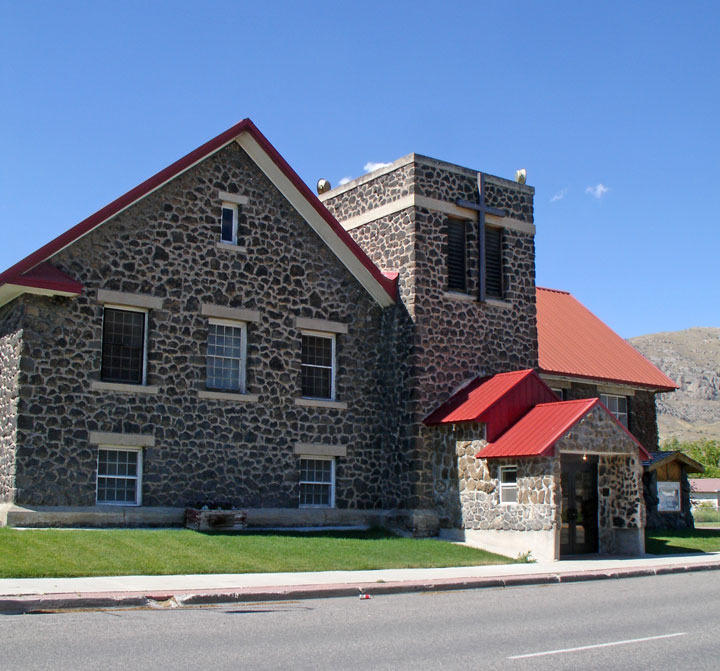
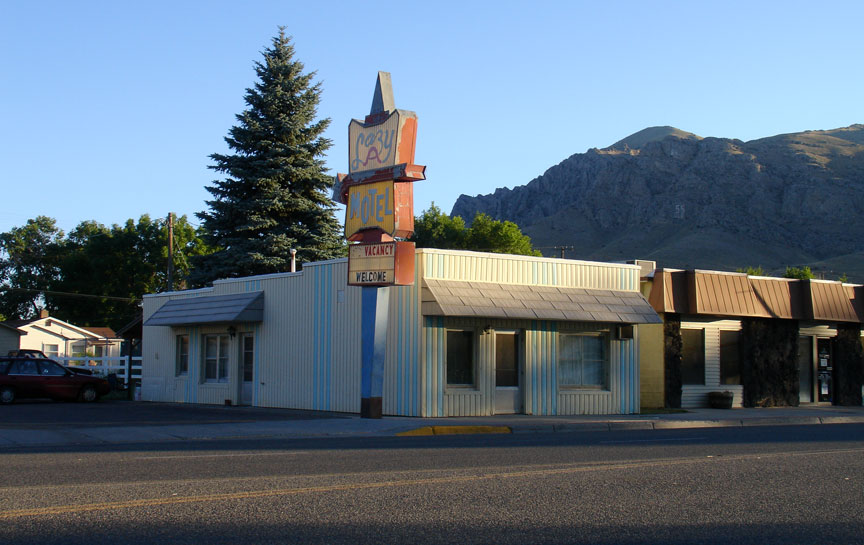
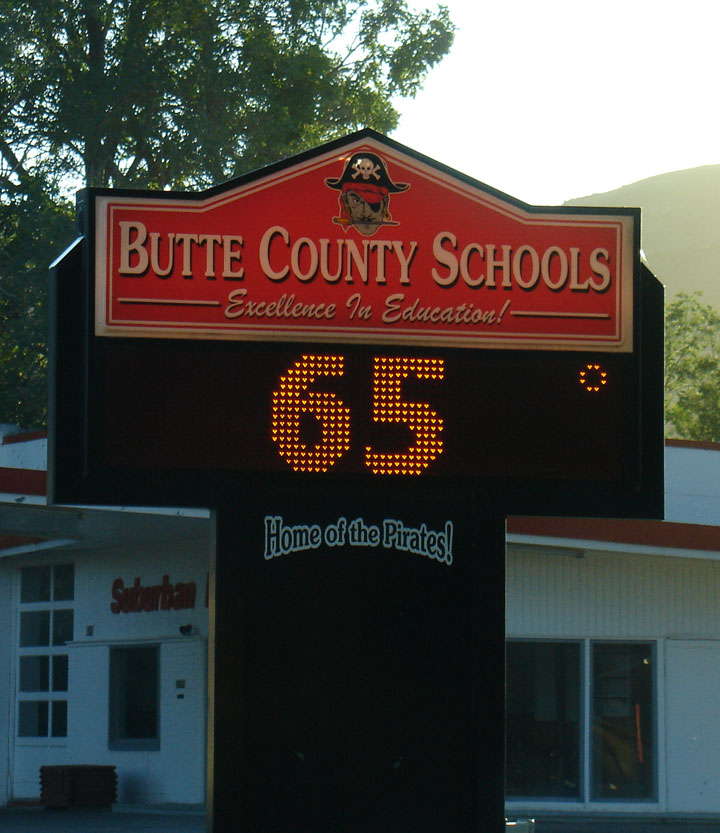
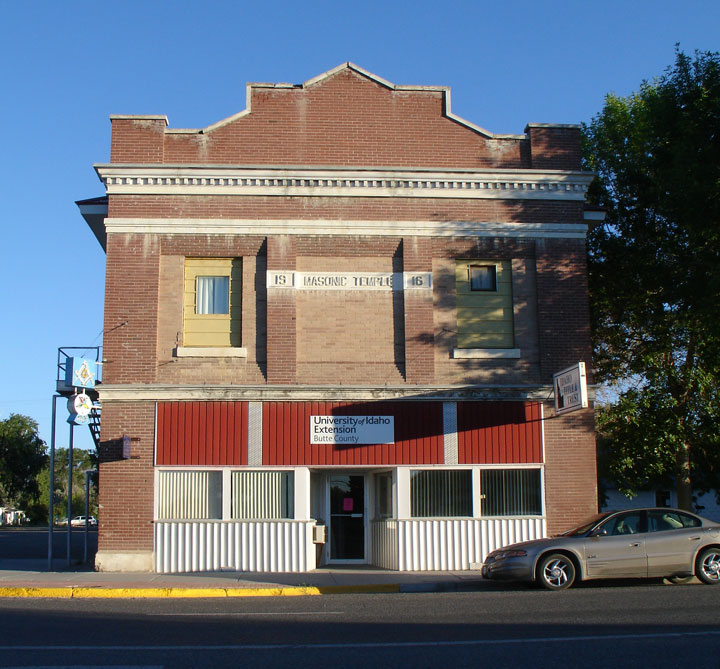
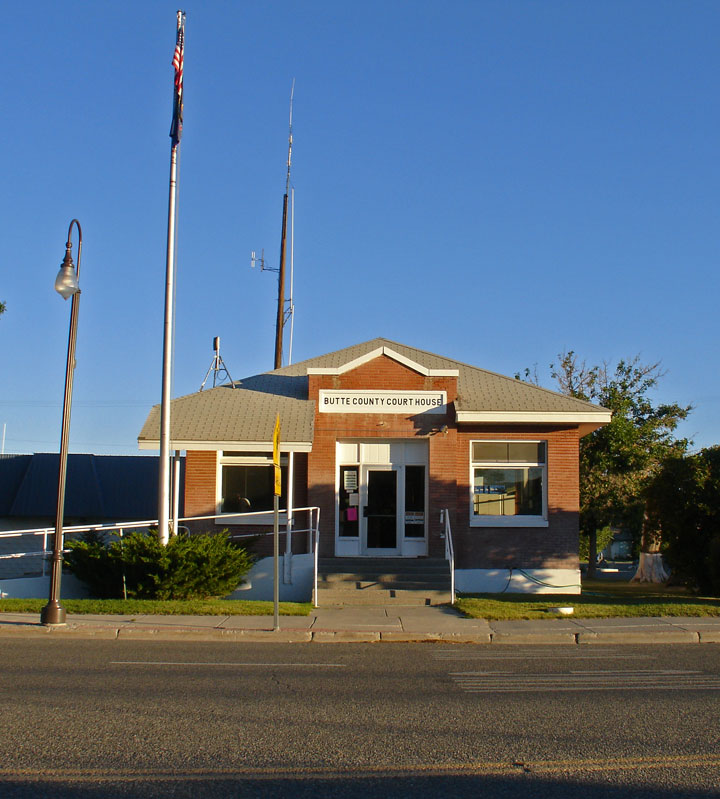
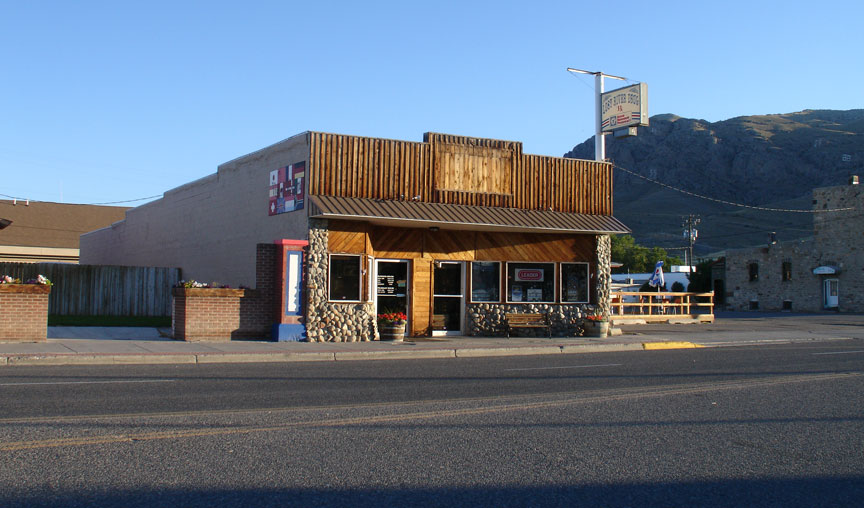

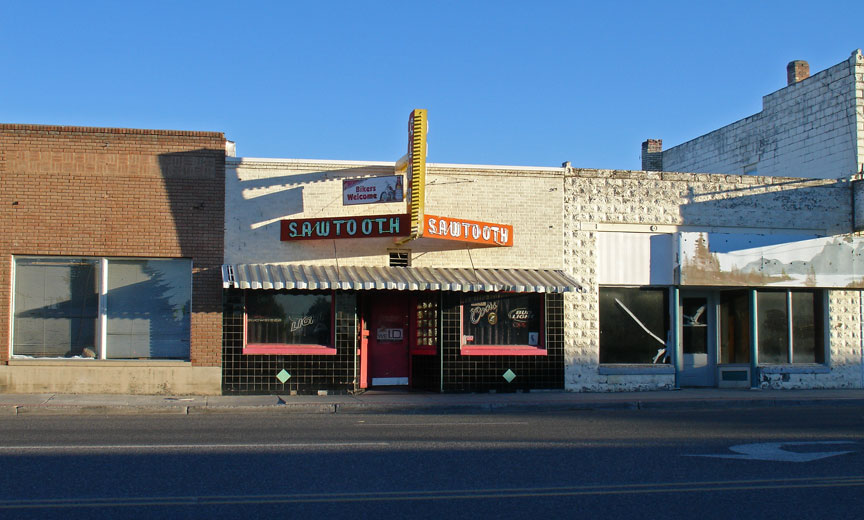
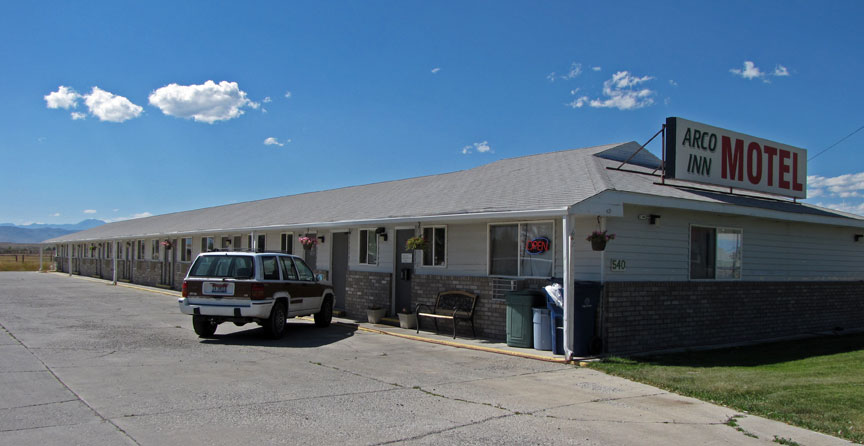
Arco Inn Motel
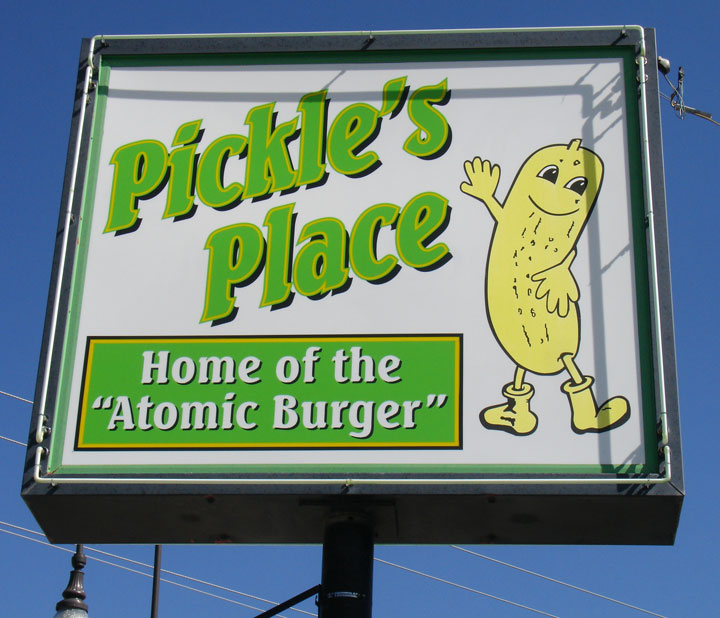
Home of the Atomic Burger
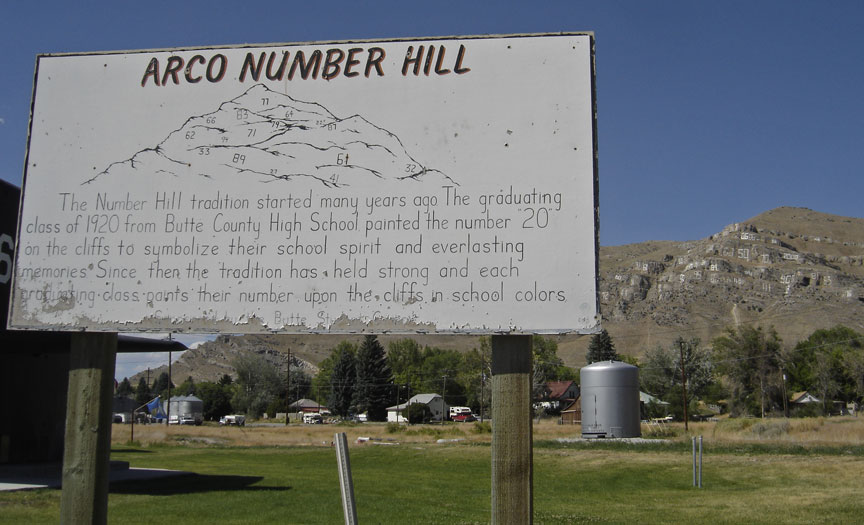

Number Hill


Arco was the first community in the world ever to be lit by electricity
generated by nuclear power. This occurred on July 17, 1955, powered by a reactor
at the nearby "National Reactor Testing Station" (NRTS),
which is now the Idaho National Laboratory.

Atoms for Peace
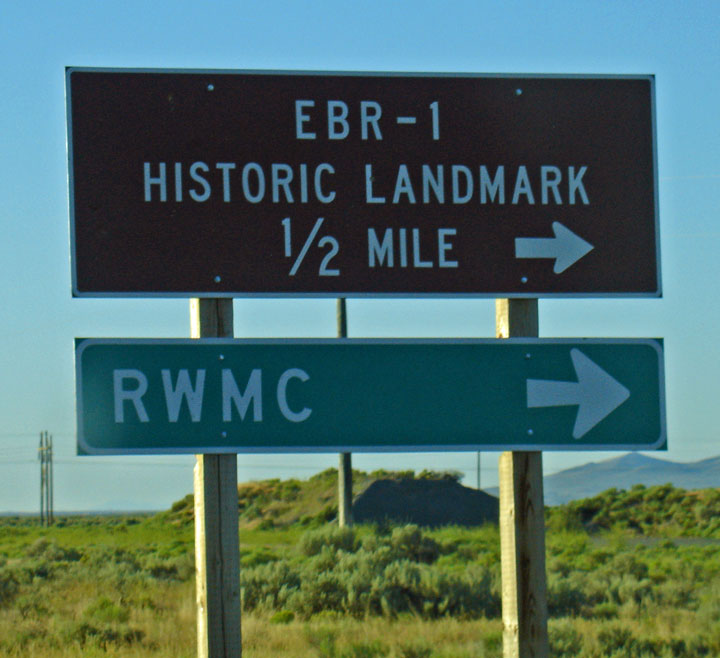
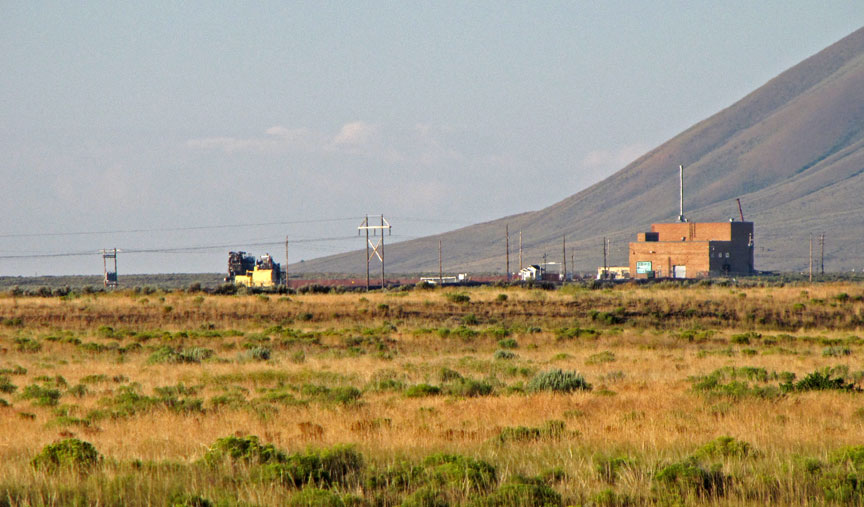
EBR-1
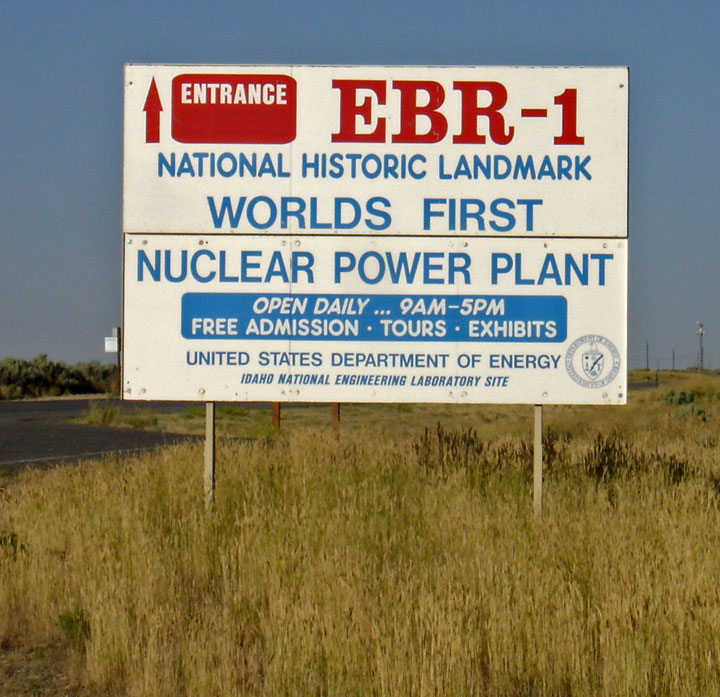
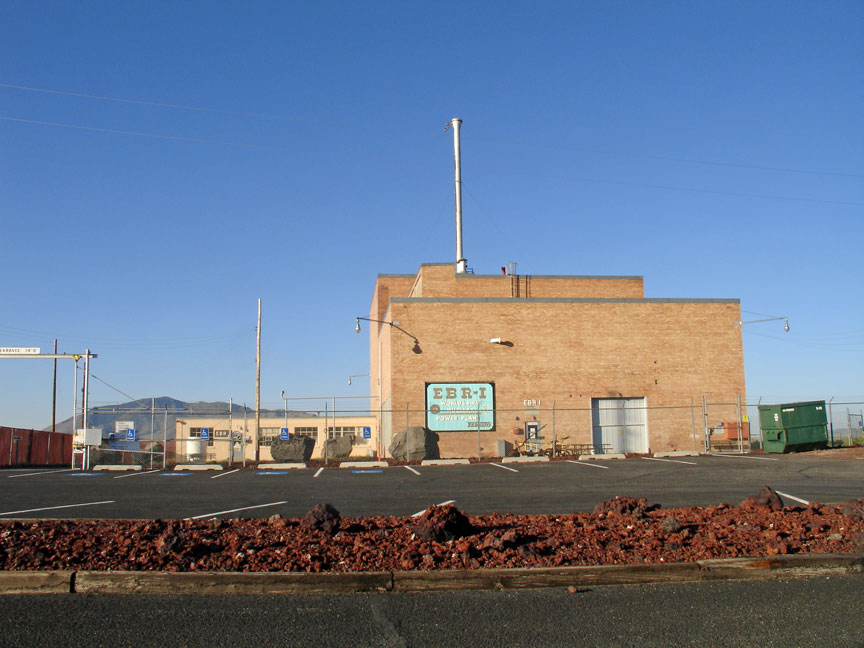
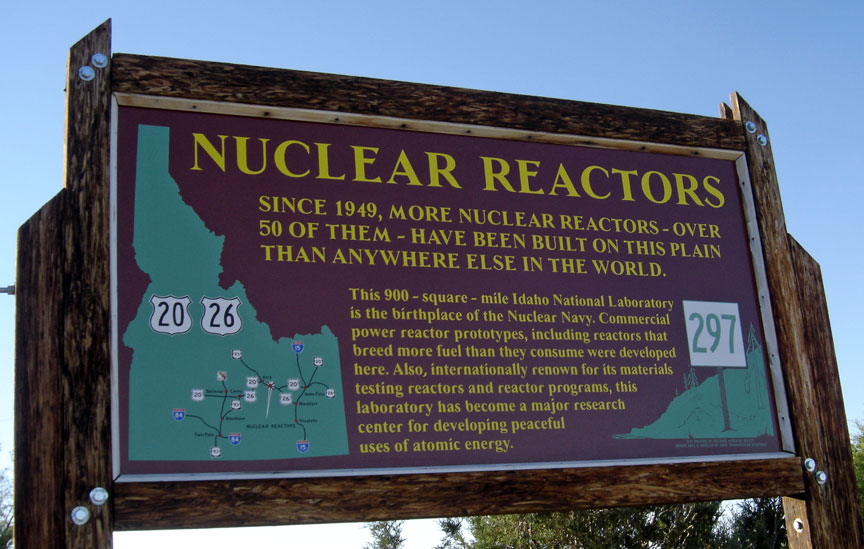
The original mission of NRTS was the development of nuclear energy during the immediate post-war years. In 1951, the Experimental Breeder Reactor I (EBR-1) became the first in the world to generate electricity from atomic energy. The site of this event is memorialized as a Registered National Historic Landmark, open to the public every day Memorial Day through Labor Day.
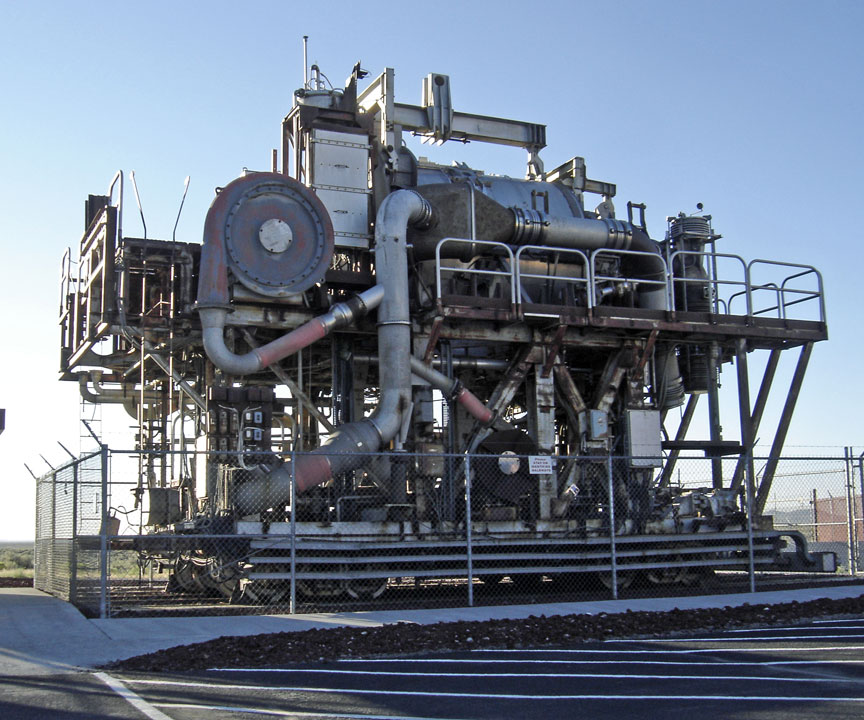
demonstration heat exchanger at EBR-1
NRTS made further history on January 3, 1961, when the SL-1 reactor melted down, causing three deaths. It was the world's first (and the U.S.' only) fatal reactor accident.
Text from Wikipedia
Atomic City
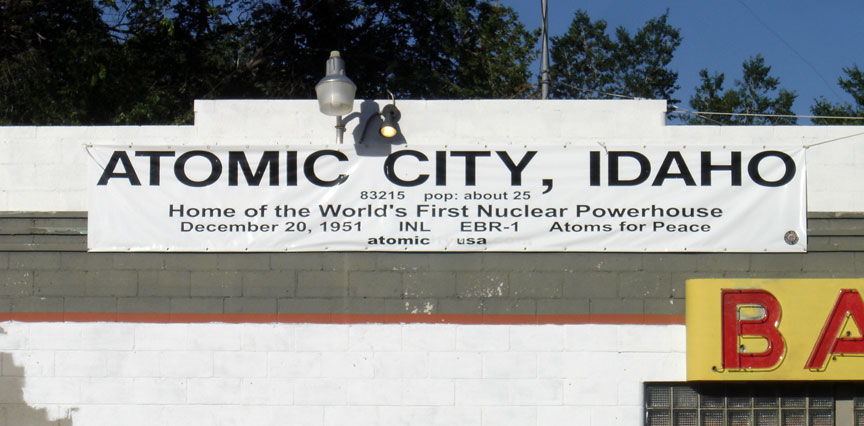

Atomic City, Idaho

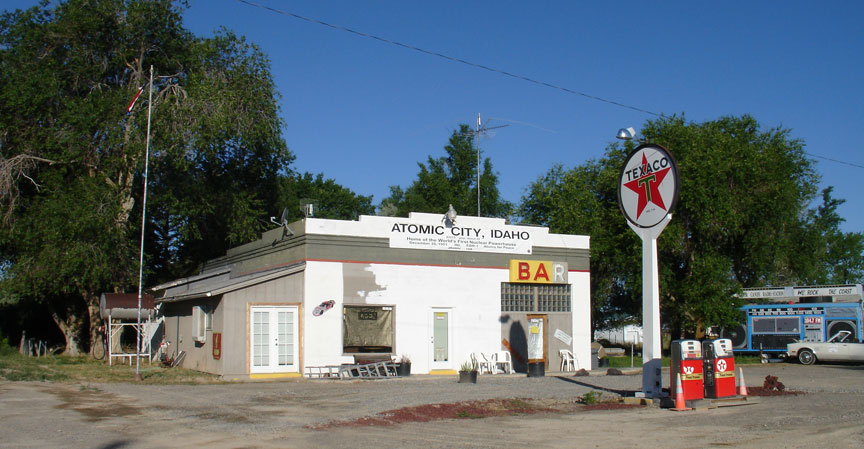
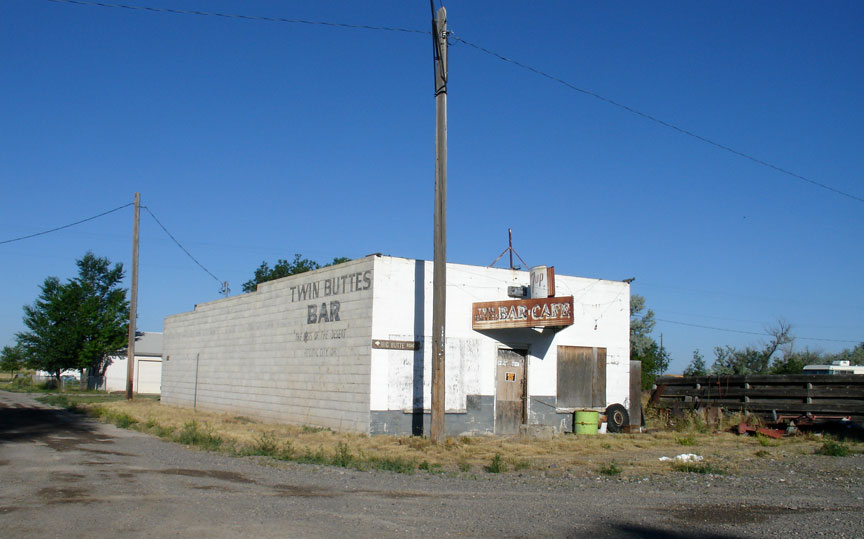
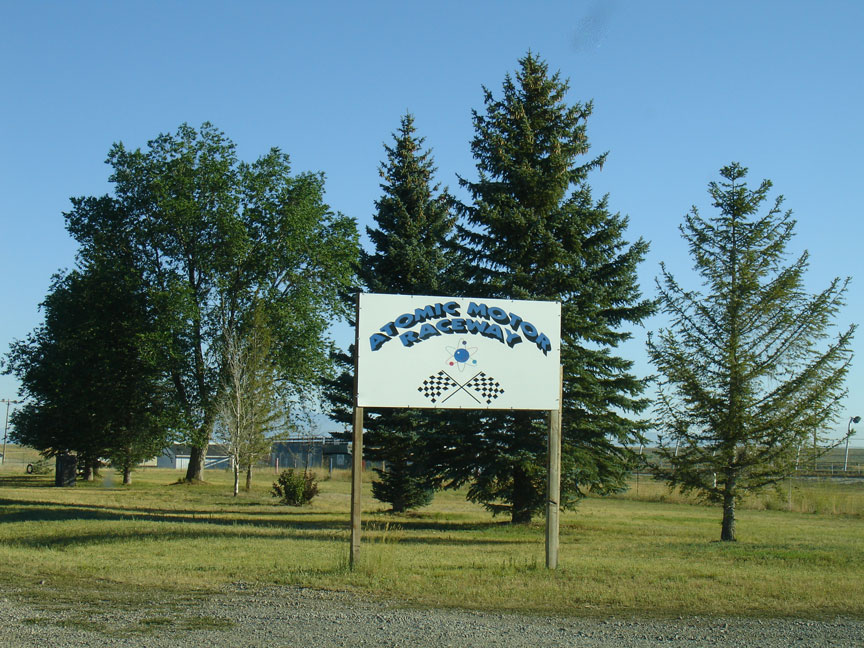
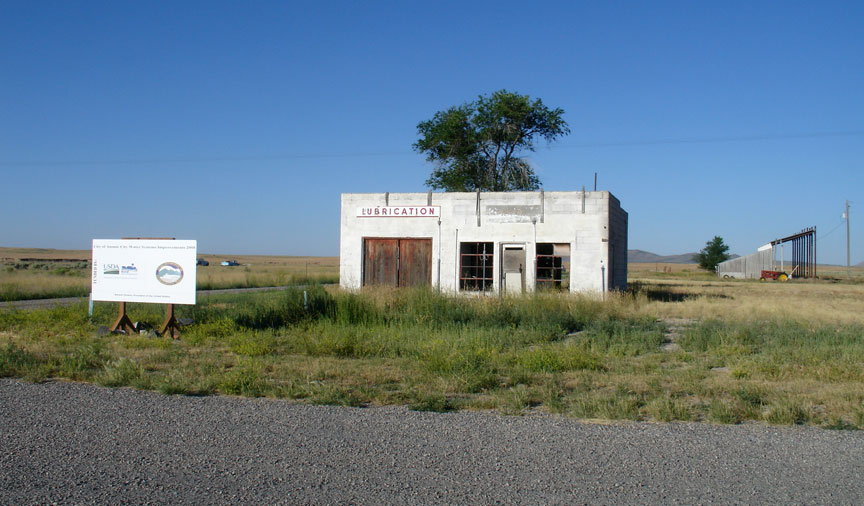
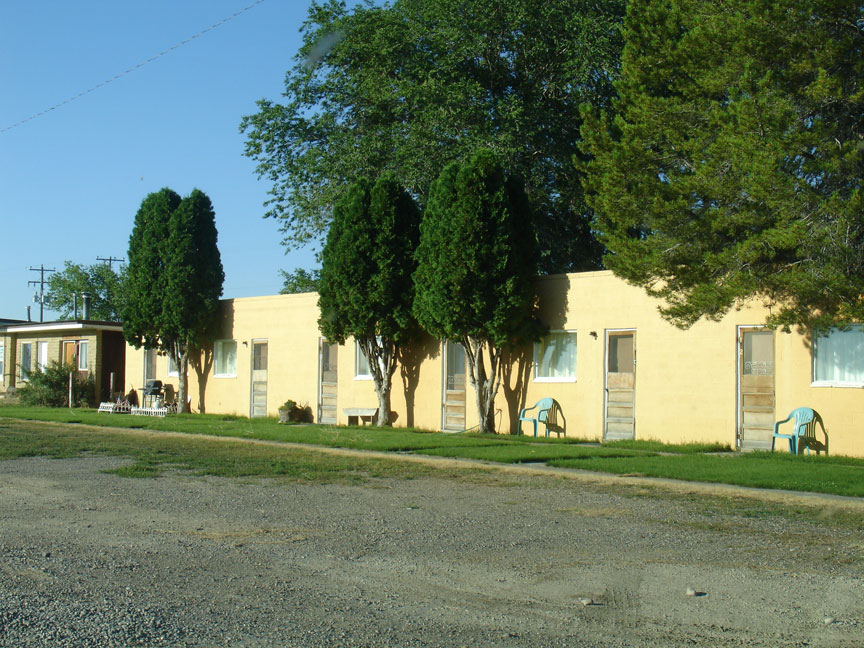
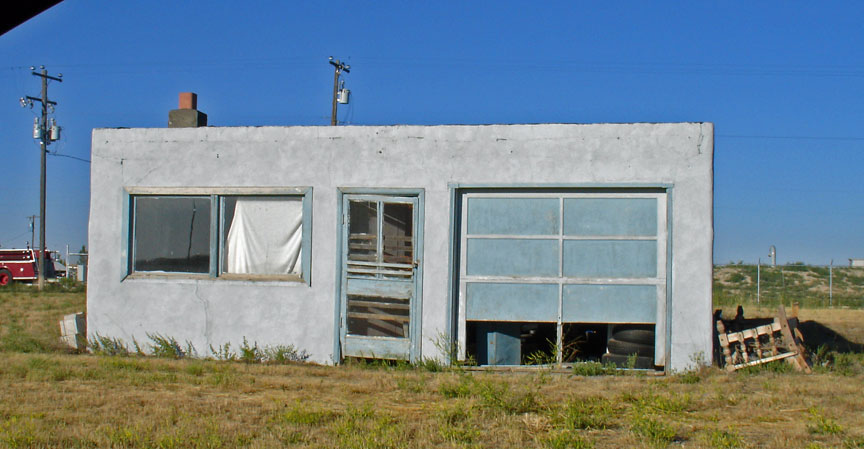
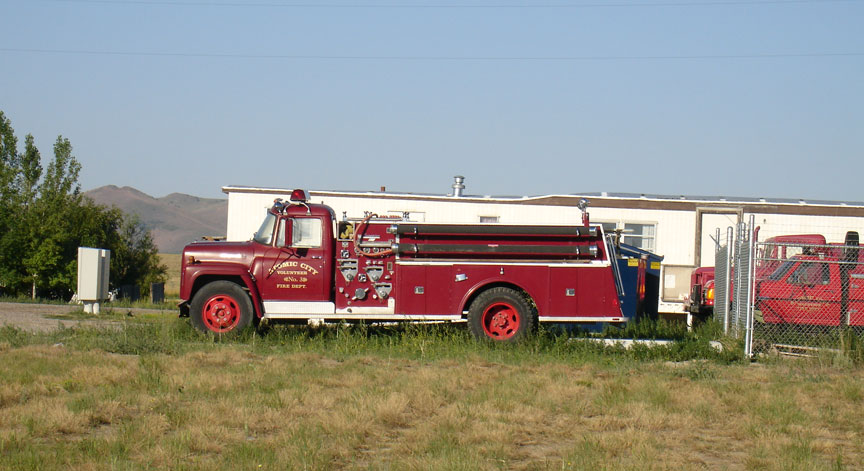
Lost River Valley
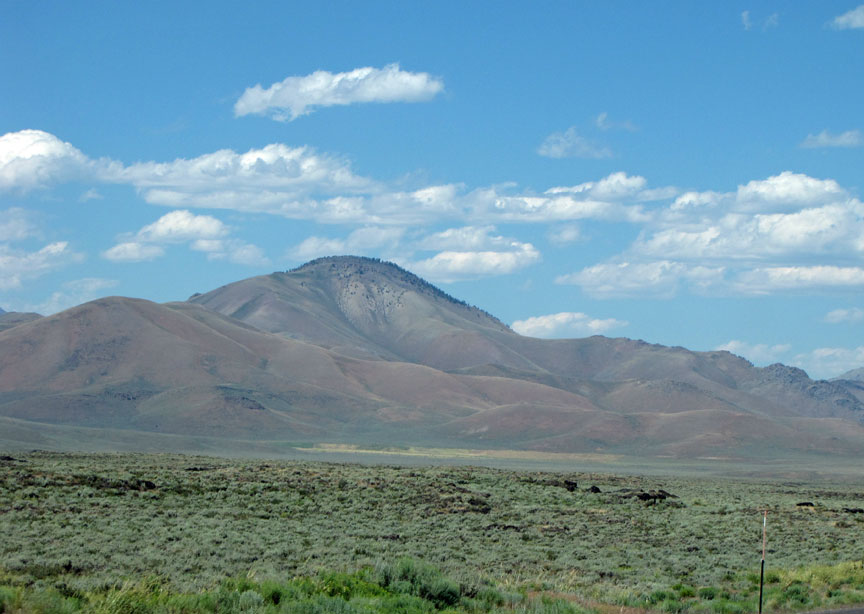
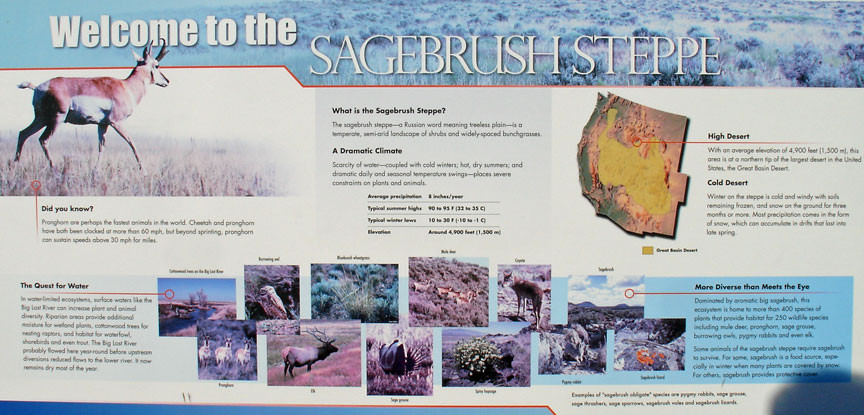
Sagebrush Steppe
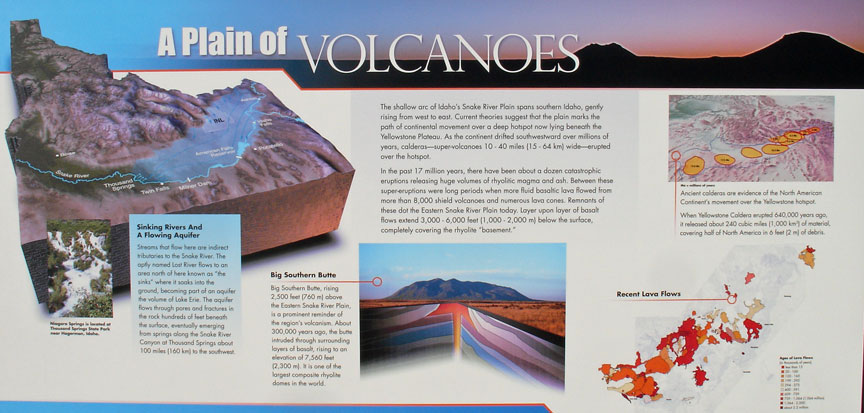
A Plain of Volcanoes
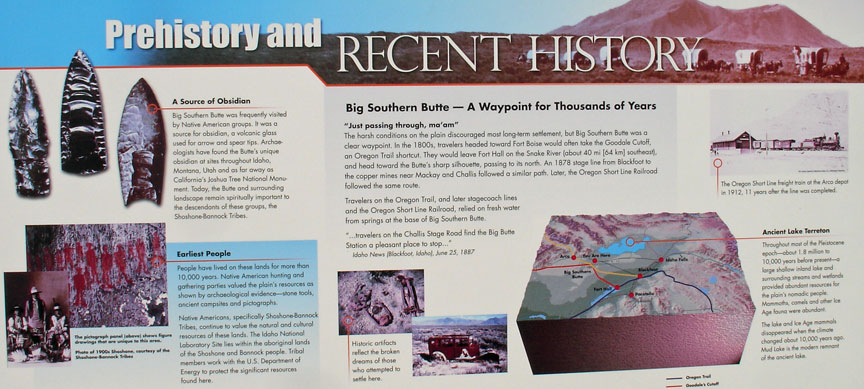
Prehistory and Recent History
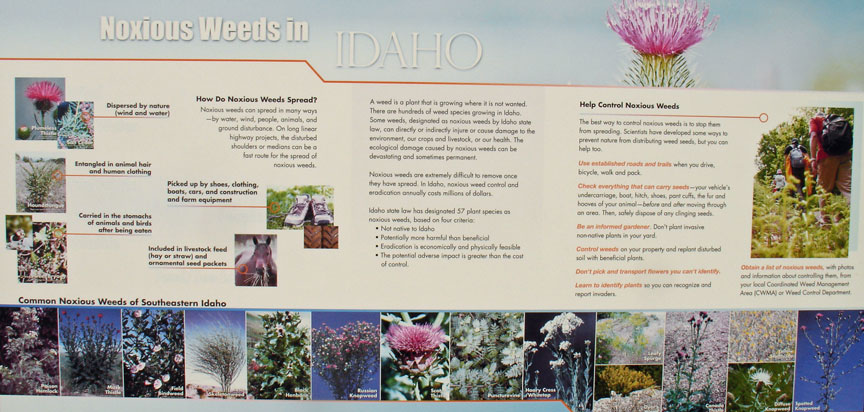
Noxious Weeds in Idaho